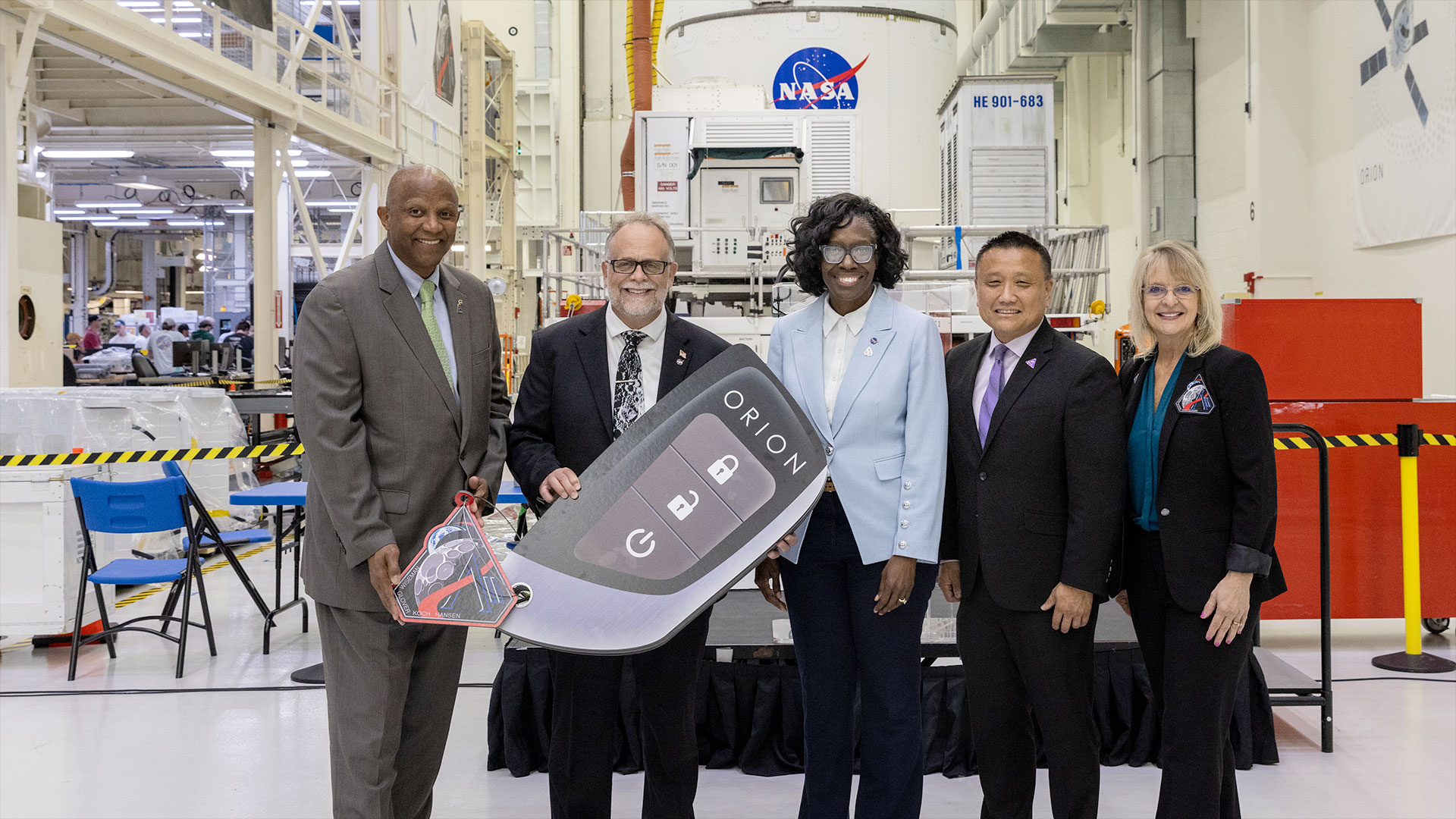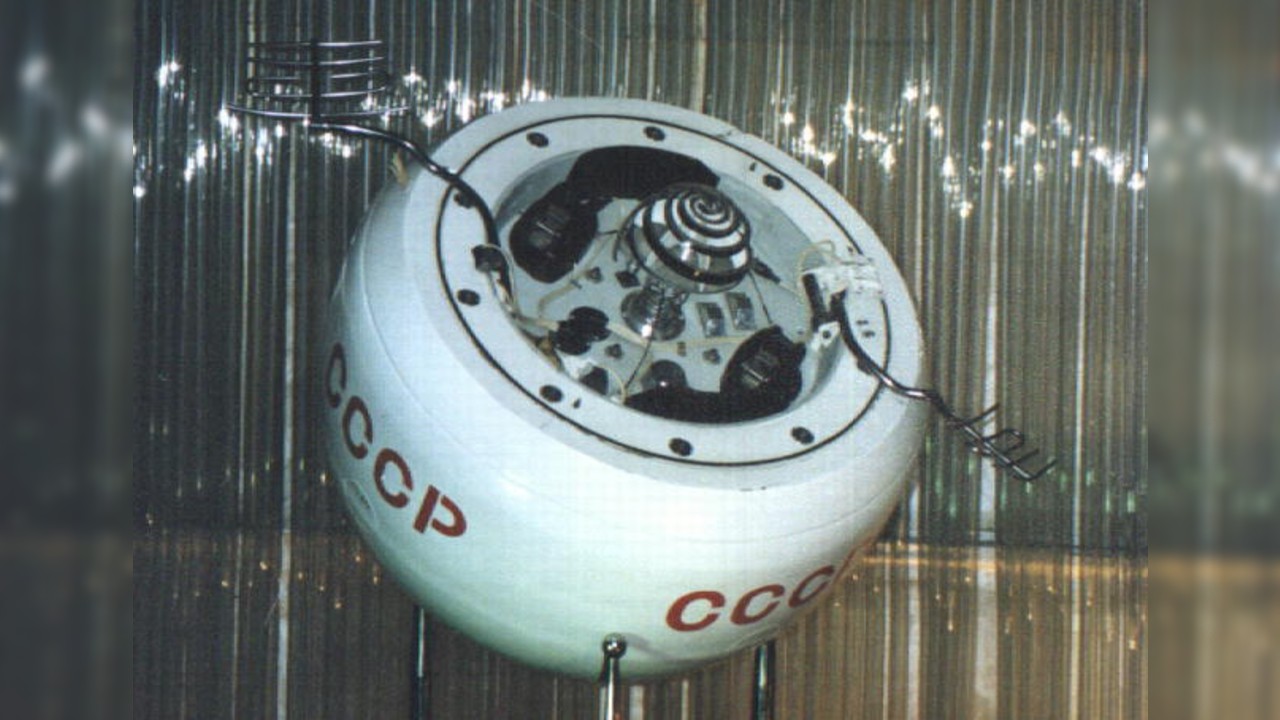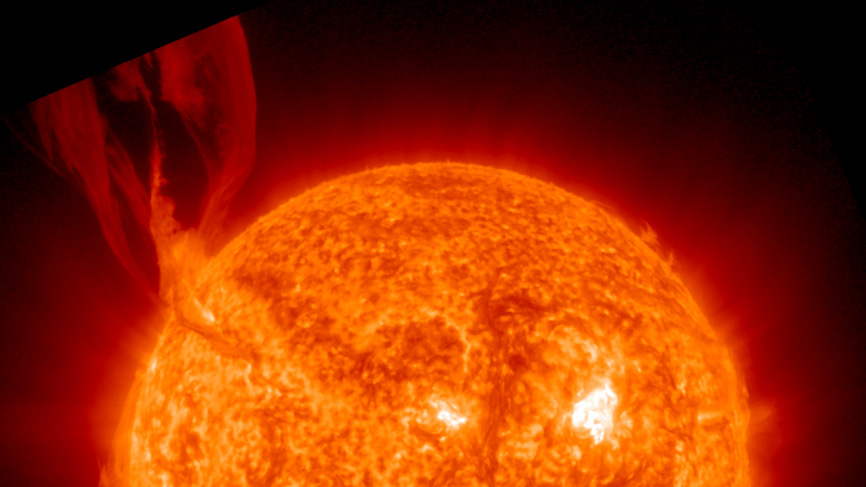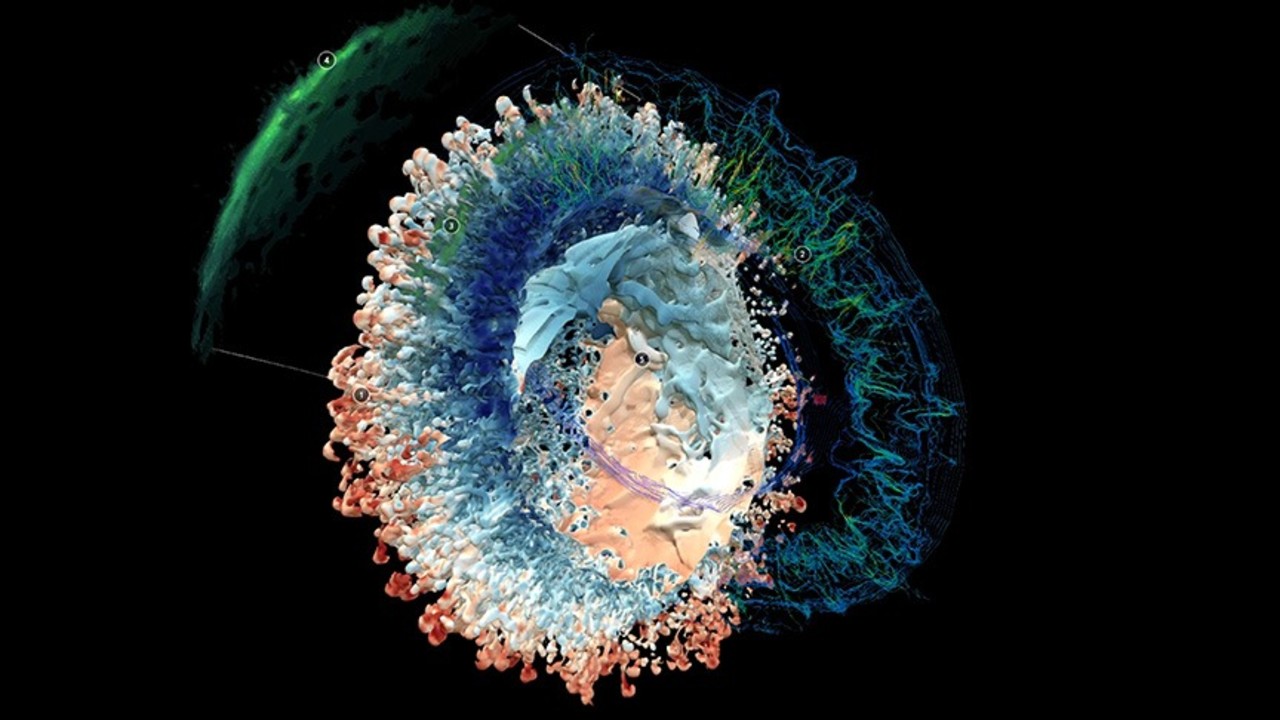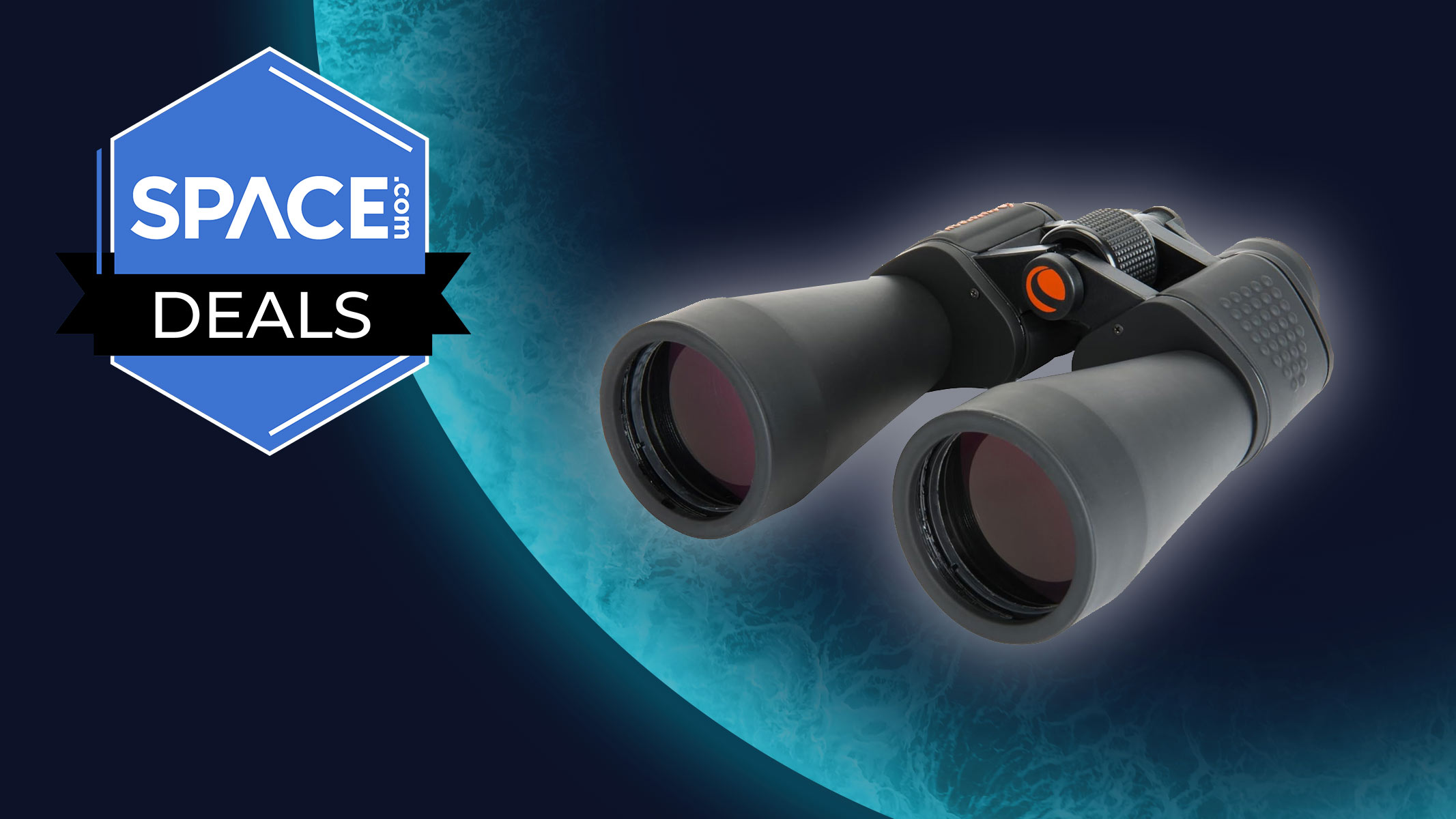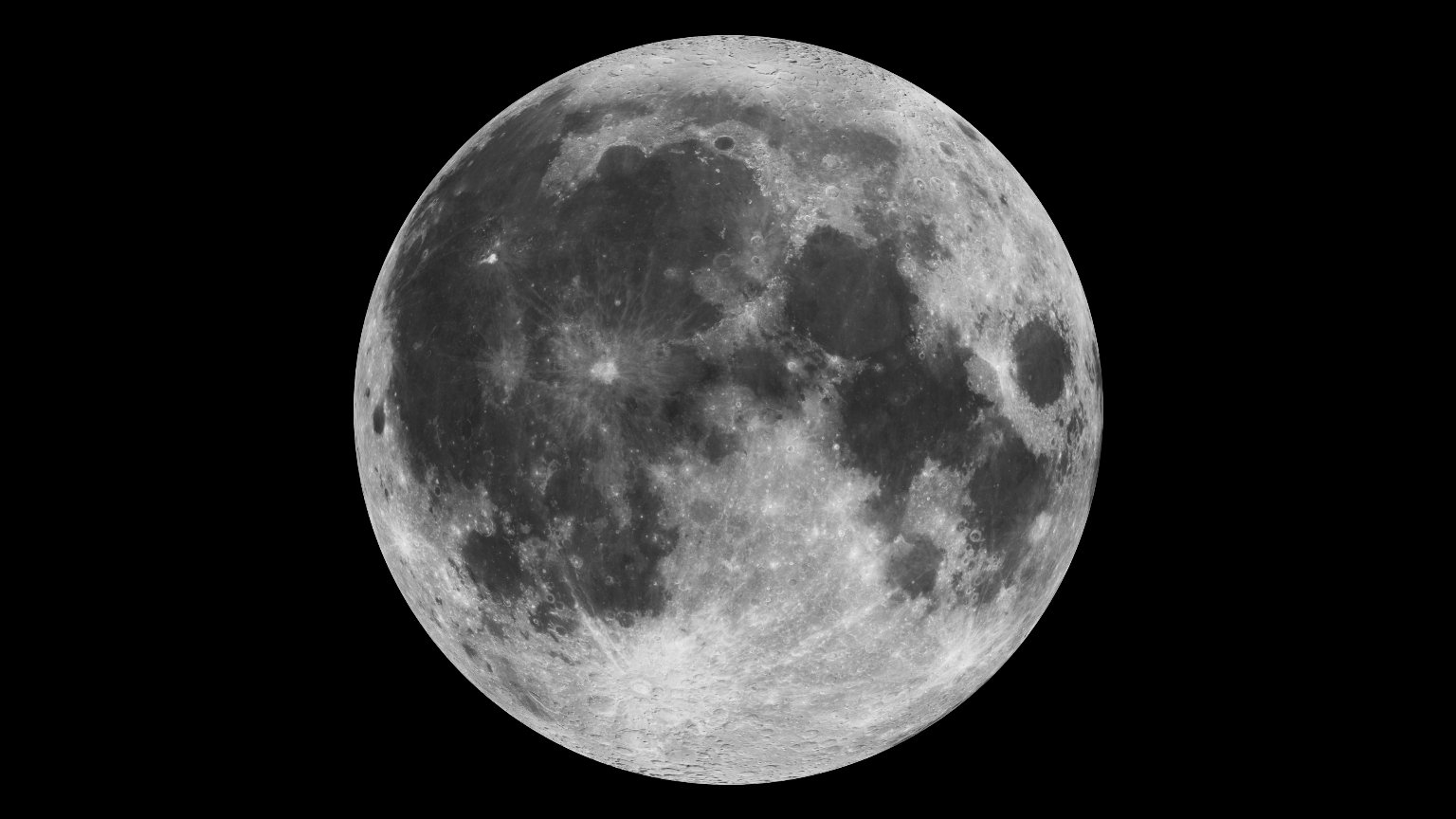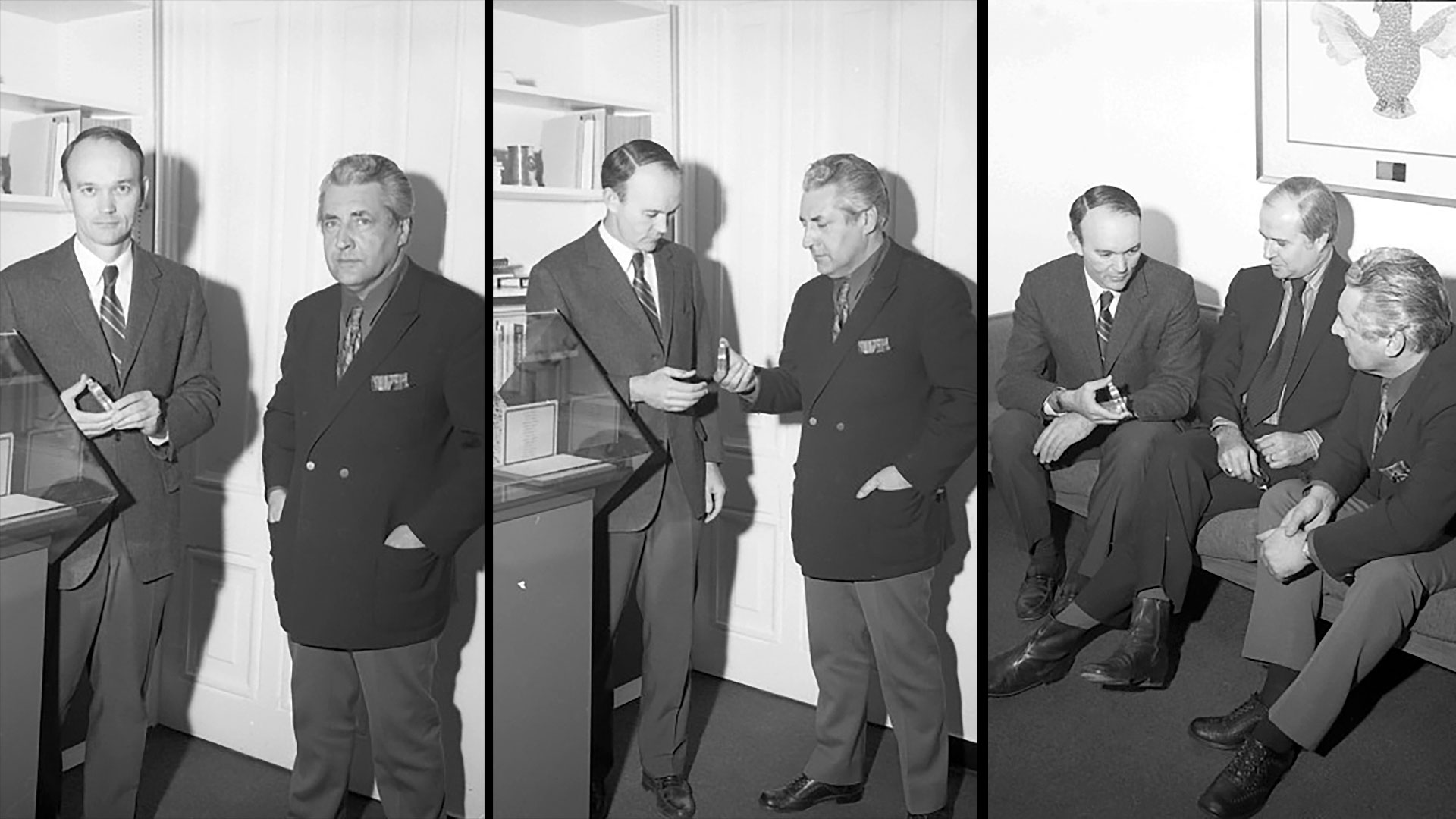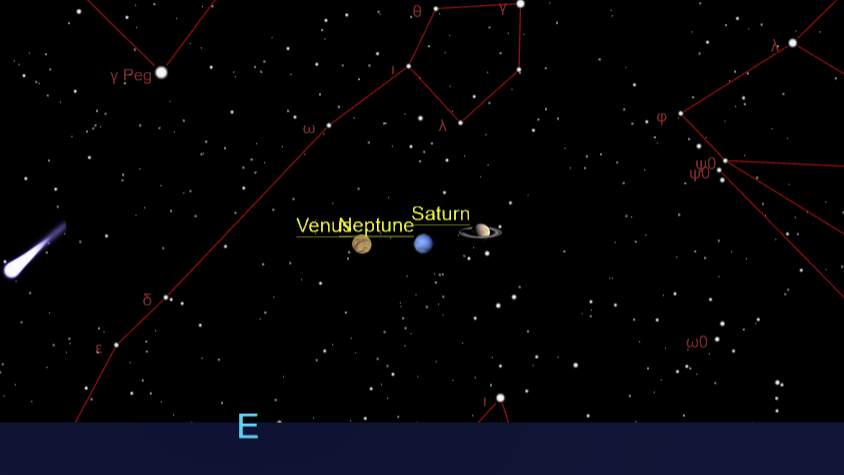Space Telescope Spots Baby Stars Inside Celestial Snake (Photo)
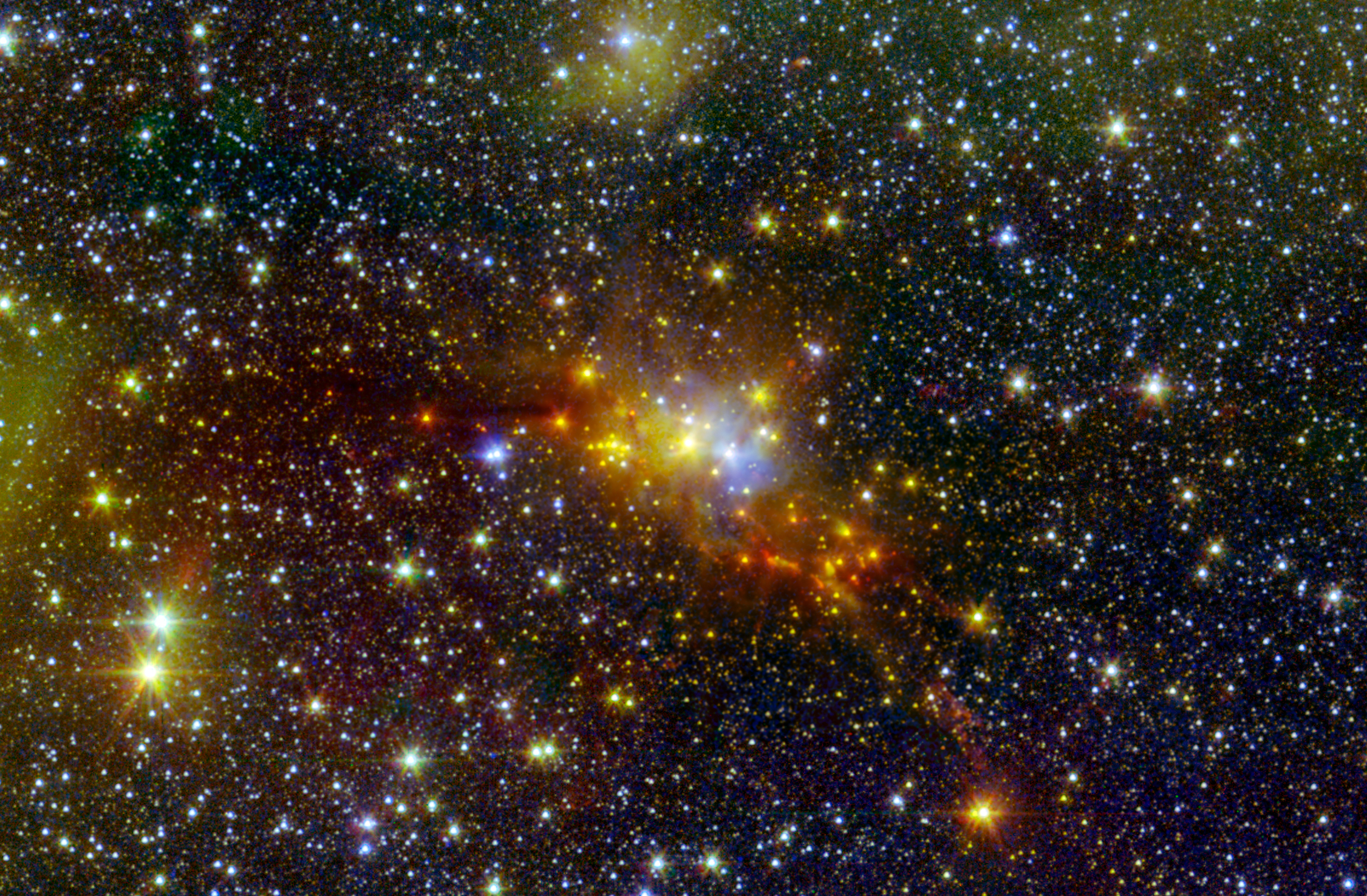
A NASA space telescope has peeled back the dusty veil around the Serpent constellation to reveal a cluster of newborn stars.
The baby stars were spotted by NASA's infrared Spitzer Space Telescope in the Serpens Cloud Core, a stellar nursery that is home to one of the youngest collections of stars astronomers have observed in the Milky Way. It's about 750 light-years away from Earth and is part of the snake-shaped Serpens (or "Serpent") constellation.
The new view combines 82 images taken over more than 16 hours by the Spitzer Space Telescope, which has been scanning the cosmos in non-visible, infrared light for the last decade. The image also incorporates observations from the Two Micron All Sky Survey (2MASS), an infrared survey of the whole sky that was completed in 2001 using ground-based telescopes. The newborn stars appear in red, orange and yellow, and a cloud of excess gas is shown in blue. [Gallery: The Infrared Universe Seen by Spitzer Telescope]
Clouds of dust shroud the Serpens Cloud Core, hiding its star nursery in visible wavelengths of light (the only kind of light humans can see). But an infrared telescope like Spitzer can reveal unseen cosmic objects by collecting longer, invisible wavelengths of light in the infrared spectrum. Still, the dark patch on the left side of the center of the image shows a spot cloaked in so much dust that the infrared wavelengths were blocked.
The Serpens Cloud Core interests astronomers because it contains only small stars, and does not include any of the giant bright stars found in many other star-forming regions in the Milky Way, such as the Orion nebula. The Earth's own sun is a medium-sized star, and astronomers are still unsure if it formed in a small star-forming region like Serpens or a large star-forming region like Orion.
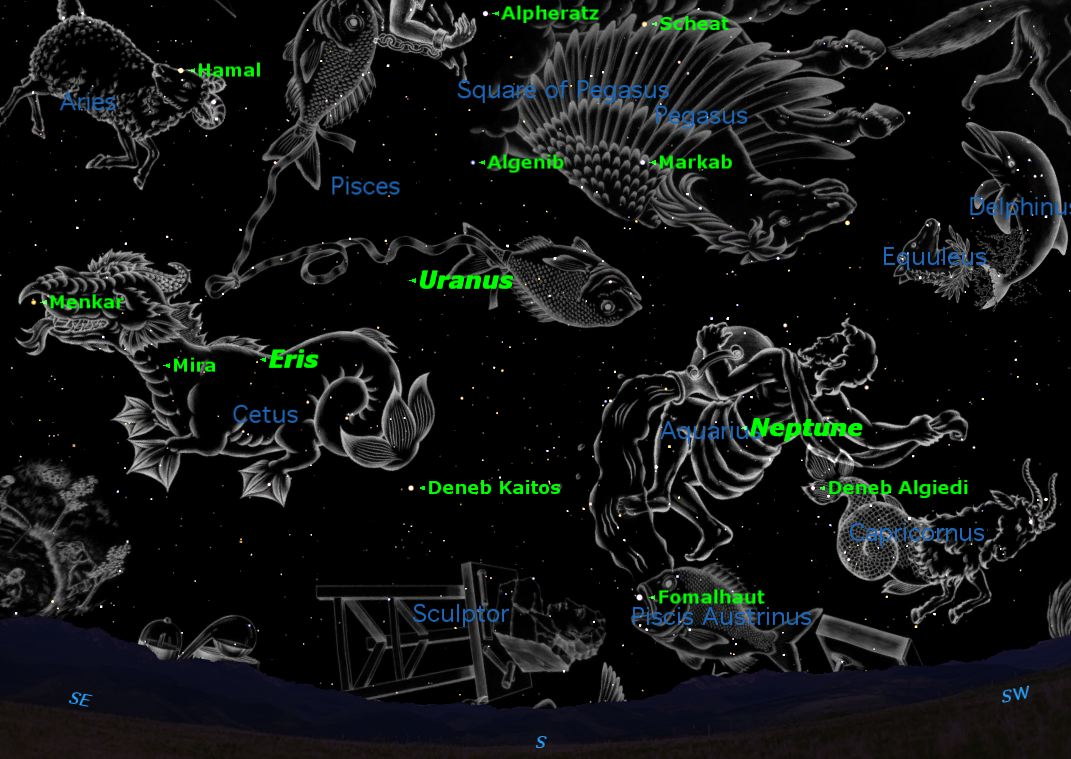
The $800 million Spitzer Space Telescope — which launched from Cape Canaveral, Florida, on Aug. 25, 2003 — is one of NASA's "Great Observatories," along with the Hubble Space Telescope and Chandra X-ray Observatory. Among its discoveries, Spitzer boasts finding the first light from a planet beyond Earth's solar system and discovering the largest ring around Saturn.
Follow Kelly Dickerson on Twitter.Follow us @Spacedotcom, Facebook or Google+. Originally published on Space.com.
Get the Space.com Newsletter
Breaking space news, the latest updates on rocket launches, skywatching events and more!
Join our Space Forums to keep talking space on the latest missions, night sky and more! And if you have a news tip, correction or comment, let us know at: community@space.com.

Kelly Dickerson is a staff writer for Live Science and Space.com. She regularly writes about physics, astronomy and environmental issues, as well as general science topics. Kelly is working on a Master of Arts degree at the City University of New York Graduate School of Journalism, and has a Bachelor of Science degree and Bachelor of Arts degree from Berry College. Kelly was a competitive swimmer for 13 years, and dabbles in skimboarding and long-distance running.

